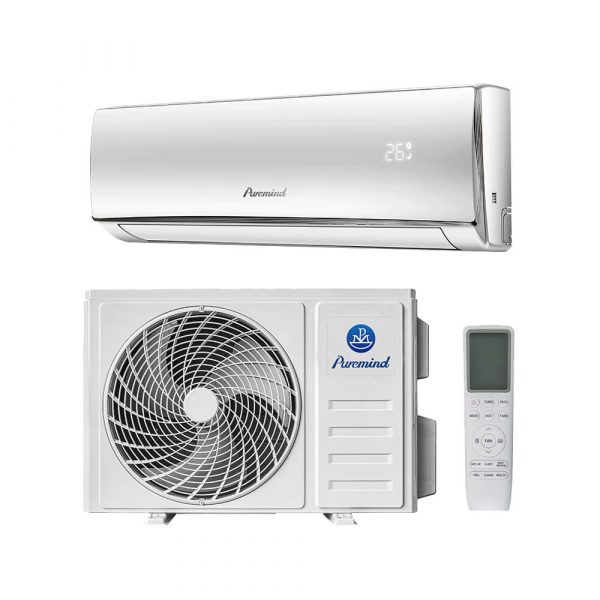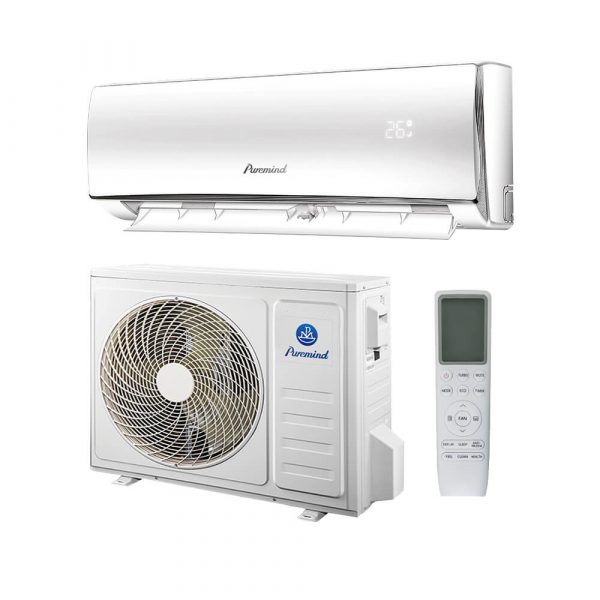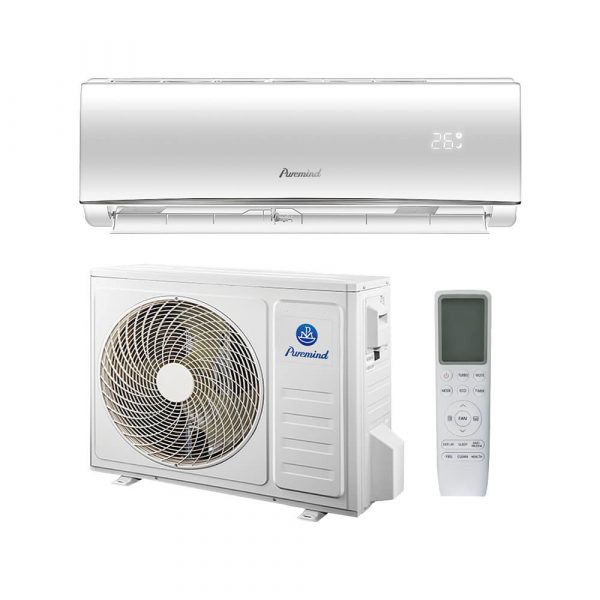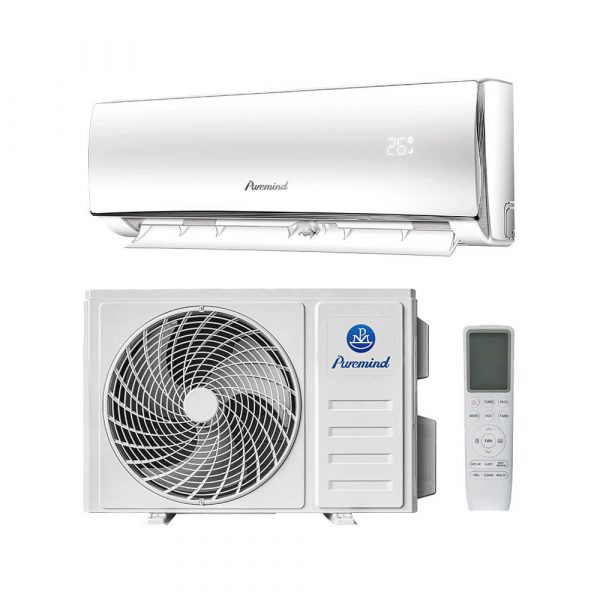Split Window Air Conditioners: A Complete Guide for B2B Applications
In the world of commercial climate control, businesses seek cooling systems that balance performance, energy efficiency, and space optimization. One hybrid option that’s gaining attention is the split window air conditioner. Combining elements of both traditional window units and split systems, these devices provide an alternative for buildings with space or structural limitations.
This article explores how split window air conditioners work, their advantages and limitations, and whether they are a viable solution for B2B applications in 2025 and beyond.
What Is a Split Window Air Conditioner?
A split window air conditioner refers to a compact system where the evaporator and compressor are split but integrated into a frame that fits partially or fully into a window opening. This differs from conventional split systems where the indoor and outdoor units are installed separately on walls or ceilings.
Although not as widely used as other commercial AC types, split window units offer a practical solution for retrofit projects or buildings with installation constraints.
Key Features and Functionality
Typical split window ACs include the following:
- Dual Function: Cooling and heating (reverse-cycle models)
- Integrated Frame: Unit is installed into a window space with an outdoor-facing condenser
- Thermostatic Control: Allows temperature precision
- Drainage Management: Some models require external drainage for condensate
Benefits of Split Window ACs for B2B Use
For small businesses, modular office units, or temporary retail spaces, split window air conditioners present several advantages:
- Space-Saving Design: Requires no ductwork or ceiling space
- Lower Installation Costs: No separate outdoor compressor needed
- Rapid Deployment: Ideal for pop-up shops or event spaces
- Zoning Flexibility: Units can be used independently in different rooms
Limitations to Consider
Despite their benefits, split window ACs also come with trade-offs:
- Lower Capacity: Not suitable for large open-plan areas
- Noise Levels: Quieter than traditional window units but louder than wall-mounted splits
- Window Availability: Each unit requires a window or wall slot
- Energy Efficiency: May not match top-tier inverter split systems
Best Use Cases in Commercial Environments
Split window air conditioners are most effective in the following B2B scenarios:
- Server Rooms: Supplemental cooling in enclosed IT spaces
- Temporary Worksites: Portable cabins, trailers, or field offices
- Retail Kiosks: Where ducted or split systems aren’t feasible
- Historic Buildings: Where external unit mounting is restricted
Energy Efficiency and Cost Analysis
Most split window air conditioners come with a 2–3 star energy rating, depending on model and cooling capacity. Some models now include inverter compressors, slightly improving efficiency. However, in the long term, full split systems generally offer better ROI for energy-intensive businesses.
Here’s a quick cost comparison:
| System Type | Unit Cost (AUD) | Installation Cost | Energy Rating |
|---|---|---|---|
| Split Window AC | $600 – $1,000 | $200 – $400 | 2–3 stars |
| Wall-Mounted Split AC | $1,500 – $2,500 | $800 – $1,200 | 4–5 stars |
Servicing and Maintenance
Routine servicing of split window units includes:
- Filter cleaning every 2–3 months
- Checking for condensate leakage or blockage
- Fan motor and electrical checks annually
- Thermostat calibration and refrigerant top-up if needed
Alternative: Upgrade to Modern Split Systems
If your commercial environment allows, upgrading to a full-featured split system may offer better energy efficiency, smart control options, and quieter performance. Explore professional-grade solutions designed for B2B use at: Puremind Split System Air Conditioners.
Conclusion
Split window air conditioners fill a unique niche in commercial HVAC needs—especially where flexibility, low cost, and compact design are priorities. While they may not match the power or efficiency of larger split systems, they remain a smart solution for specific B2B contexts.
For more information, product specifications, or commercial-grade HVAC guidance, explore our full line at: Puremind Split Air Conditioner Collection.







